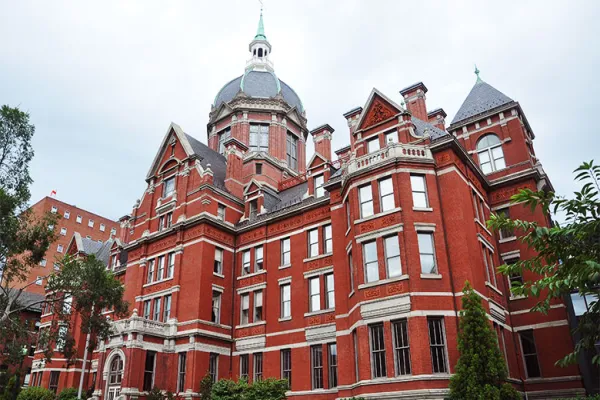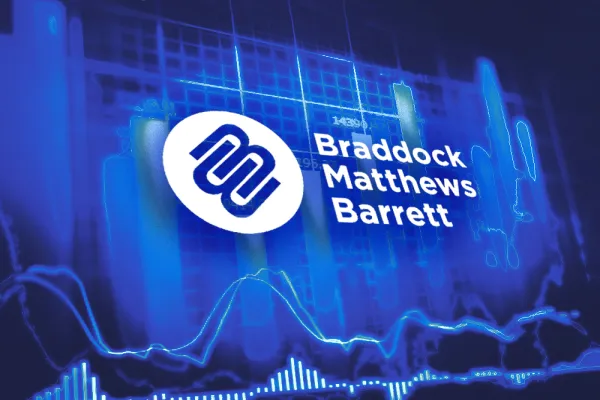
Illustration by II
One Ivy League college spokesperson has May blocked off on the mental calendar as “that month I spend talking about how much the investment team gets paid. It’s the same every year — a rhythm of the job.”
In exchange for not paying taxes, U.S. universities (like all nonprofits) have to reveal what they pay their highest-earning staff members. This comes out in a public IRS filing called Form 990, which reports myriad financial data but is hallowed and sweated over for its juicy compensation section.
Many elite universities are due to disclose their filings any day now, provided they follow their regular rhythm in this most irregular year. Here’s what to expect.
Take, for example, Princeton University’s investment chief Andrew Golden. He made $4.26 million, all-in, leading the $26 billion endowment fund for the year ending June 30, 2018. Princeton delivered Ivy League-leading rolling ten-year returns. What might such an investor earn in the private sector?
“Maybe $6 million to $10 million,” Scott says, based on her experience placing asset management executives and tracking compensation. “Routinely we’re seeing that range for CIOs of significant businesses, but of course, it all depends on size and performance. At boutiques, comp is often less than $5 million” for CIOs and the like.
The impending batch of 990s cover the fiscal year ending June 30, 2019, for most big-name schools. Covid-19 did not exist then. Markets were at all-time highs. And the median $1 billion-plus endowment returned 5.1 percent net of fees, according to the gold-standard benchmark from NACUBO-TIAA. Ivies averaged 6.7 percent — better, but still well south of their 10.3 percent collective average over the last decade. Any investor earning enough to show up on an Ivy 990 has a big portion of their pay riding on performance.
Harvard Investment Management CEO Narv Narvekar’s 2018 salary, for example: $999,464. Narvekar’s bonus and incentive comp: $2.25 million. But a single year — especially a meh one such as FY2019 — won’t dramatically alter paychecks, experts say.
“Most sophisticated compensation plans will not be based solely on a one-year return number; you really need to look at the three- and five-year numbers,” according to David Barrett, executive recruiter of choice for Harvard, Stanford, Cambridge University, and Mark Zuckerberg’s philanthropy, among many other elite institutions. “What are their benchmarks? What’s the risk profile? Depending on spending rates, they may have a very conservative portfolio and 5 percent in that environment is good.”
[II Deep Dive: If the Ivy League Can’t Get This Right, Who Can?]
Brown, however, blew the doors off. The relatively small fund lapped Columbia three times over, returning 12.4 percent in a 5 or 6 percent year. Brown’s CIO Jane Dietze and CEO Joseph Dowling did not get paid triple what Columbia’s leaders did, one can assume. The year prior, Columbia CEO Peter Holland made $6.5 million in total. Dowling got $1.26 million. Another safe assumption: Brown still rewarded its endowment leaders for their exceptional showing, which will keep paying off via three- and five-year figures.
“In the not-for-profit world, the numbers look large,” Barrett says of investment team paychecks. “But for sophisticated board members and investment committee members, they understand the difference that a high-performing portfolio can make. Relative to what an outperforming endowment contributes to an institution, the team’s compensation is a rounding error. They are well worth it — and beyond.”
For fancy universities, there’s also no alternative. Public pay disclosures “are a lightning rod,” Scott readily admits. “Some say that they’re overpaid, and agitate that we shouldn’t pay investors this way. But so much rides on the endowment. You have to pay for commensurate talent, and you will do it ensure the future of the institution.”





